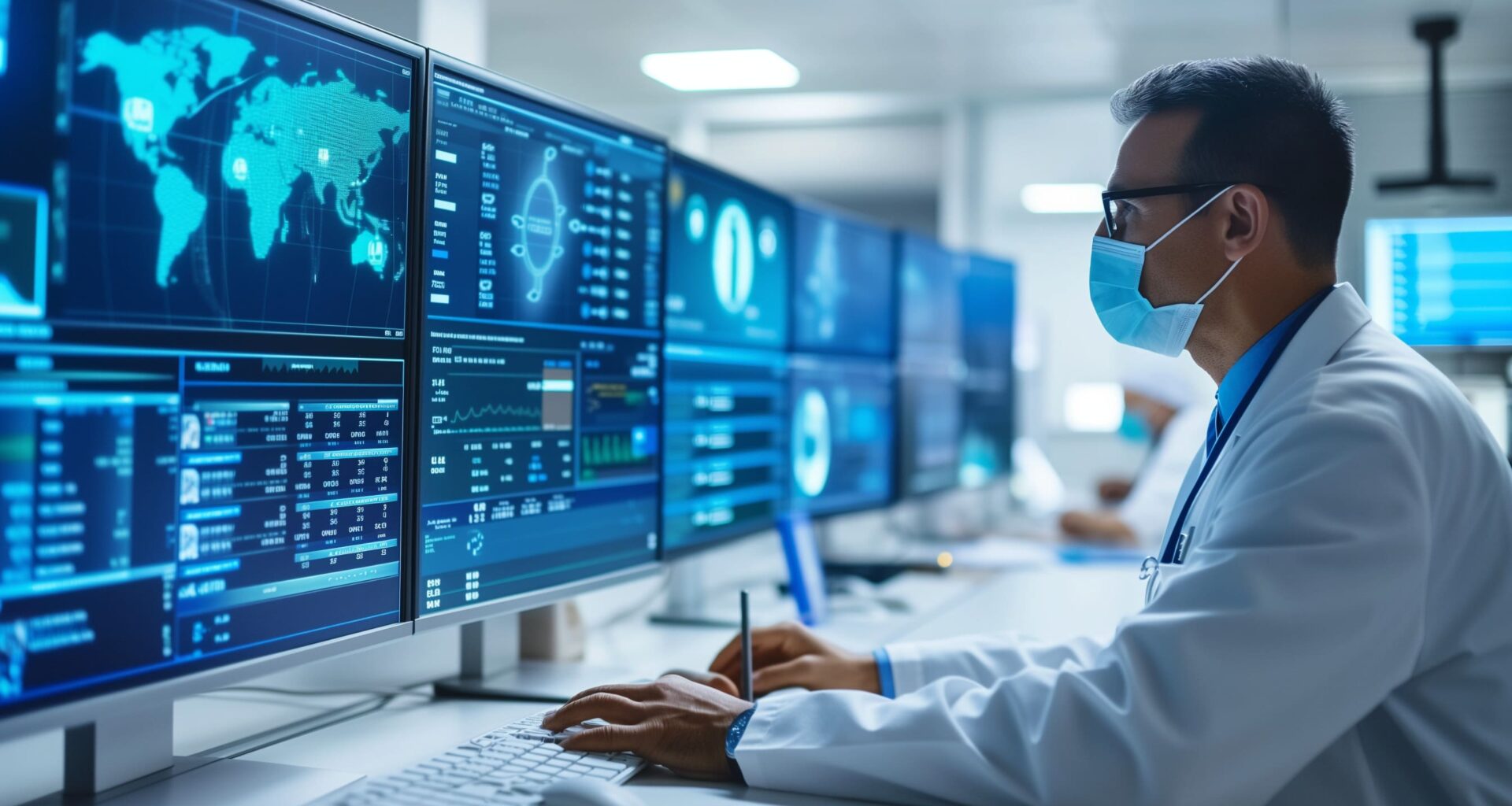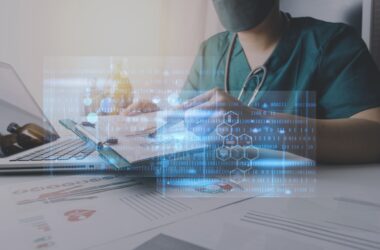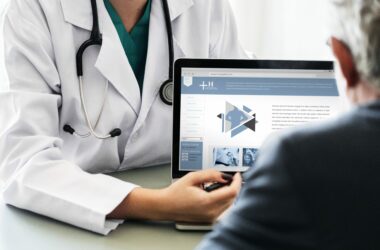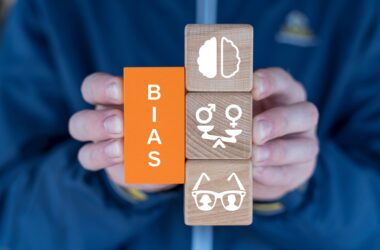The expanding field of real-world data (RWD) analytics presents a significant opportunity to catalyze healthcare decision-making. Researchers and clinicians can gain invaluable insights into patient journeys, treatment efficacy, and population health trends by leveraging vast datasets from electronic health records (EHRs), claims data, and wearable technology. However, a crucial challenge impedes the full realization of this potential: data quality.
This blog talks about exciting possibilities of real-world data analytics in healthcare while acknowledging the critical issue of data quality. We will explore how inherent biases, incomplete data, and a lack of standardization can compromise the integrity of these datasets and ultimately lead to misleading or ineffective healthcare solutions.
Further, the focus is shifted towards practical solutions, including de-biasing techniques, data quality initiatives, and industry-wide collaboration to ensure responsible utilization of this powerful tool. To solve these challenges, we can harness the full potential of RWD analytics and move healthcare towards a future guided by data-driven insights and fair solutions.
What Are The Potential Opportunities?
Real-world data (RWD), or patient-level data routinely collected for medical and health administration purposes, starkly contrasts the data gathered in traditional randomized controlled clinical trials (RCTs). Whereas RCTs provide a highly controlled environment, RWD paints a picture of how treatments and interventions function in the everyday reality of healthcare. Over the past few decades, RWD has emerged as a powerful tool, generating uniquely valuable evidence for healthcare product development and lifecycle strategy. Along the same line, RWD Analytics offers a powerful lens into the real world, unlike the controlled settings of clinical trials. Here’s how it empowers healthcare:
- Personalized Medicine: By analyzing vast patient datasets, care providers and researchers can identify patterns and predict individual responses to treatments, paving the way for truly personalized medicine.
- Unveiling Hidden Trends: RWD reveals how diseases manifest and progress in real-world scenarios, uncovering previously unknown trends and potential areas for intervention.
- Developing Effective Solutions: By analyzing real-world treatment outcomes, RWD helps identify the most effective and cost-efficient approaches, leading to better healthcare solutions.
The Challenges – Separating The Signal From The Noise
The potential of RWD is undeniable, but its quality is paramount. Here’s where the challenges lie:
- Data Biases: Traditional data collection methods, influenced by factors like demographics, socioeconomic status, or even coding practices, can introduce biases. Addressing data biases is crucial; if not addressed, they can distort insights and potentially lead to unequal healthcare solutions.
- Data Incompleteness: Incomplete or inaccurate data in EHRs and other sources can distort analysis. Missing information can paint an incomplete picture of patient health.
- Data Standardization: The absence of standardized data formats across healthcare systems creates challenges in integrating and analyzing RWD effectively.
Addressing The Challenges
So, how do we unlock the true potential of real-world data analytics? Here’s a practical and multi-pronged approach:
- De-Biasing Techniques: Machine learning can help identify and address data biases during collection and analysis, ensuring fairer and more representative health solutions.
- Data Quality Initiatives: Industry-wide efforts to enhance data collection standards, including data completeness and accuracy checks, are crucial to building trust in RWD.
- Standardization And Collaboration: Collaboration between healthcare systems and technology providers can help establish standard data formats, facilitating seamless integration and analysis of RWD.
In Conclusion
Real-world data analytics holds immense potential in shaping the future of healthcare. However, addressing data quality challenges is essential to ensure the careful use of this powerful tool. By de-biasing data, promoting data quality, and fostering collaboration, clinicians & researchers can unlock the true potential of RWD and develop practical, equitable healthcare solutions that benefit everyone.
This blog post highlights the importance of real-world data analytics in healthcare while emphasizing the need to address data quality issues. It positions RWD as a golden opportunity but warns against potential pitfalls. The blog offers a roadmap for building trust in RWD and developing responsible healthcare solutions by focusing on the industry trends of de-biasing techniques and data standardization.
FAQs
Here are some frequently asked questions about real-world data that might interest you.
Q: Where does real-world data come from?
A: RWD comes from a diverse sources, including:
- Electronic health records (EHRs): These digital records include a patient’s medical history, medications, allergies, diagnoses, and treatment plans.
- Claims data: This data comes from health insurance companies and details medical services provided and associated costs.
- Patient registries: These are databases that track specific diseases or conditions.
- Wearable devices: These devices can compile data on a patient’s activity levels, heart rate, sleep patterns, and more.
Q: State some crucial applications for real-world evidence.
A: Real-world evidence (RWE), derived from analyzing RWD, has several critical applications:
- Identifying treatment effectiveness in real-world settings: RWE can reveal how treatments work in broader patient populations compared to the controlled settings of clinical trials.
- Understanding long-term safety profiles: RWD allows for monitoring of potential side effects that may not emerge in shorter clinical trials.
- Comparative effectiveness research: RWE helps compare the effectiveness of different drugs or treatments for a specific condition.
- Informing healthcare policy decisions: RWE can provide valuable insights for policymakers regarding resource allocation and treatment guidelines.
Q: Can real-world data replicate clinical trial data?
A: No, RWD cannot perfectly replicate clinical trial data. RCTs offer a controlled environment with specific inclusion/exclusion criteria, while RWD reflects real-world variations in patient demographics, health conditions, and treatment adherence. However, RWD can complement clinical trials by providing a broader picture of treatment effectiveness in everyday practice.
Q: What are electronic health records?
A: Electronic health records (EHRs) are digital versions of a patient’s medical history maintained by healthcare providers. EHRs typically include information such as diagnoses, medications, allergies, immunizations, laboratory results, and imaging reports.
Q: How do electronic health records differ from electronic medical records?
A: The terms EHR and EMR are often used interchangeably. However, a subtle distinction exists. EHRs focus on a patient’s overall health and wellness, potentially including data from various healthcare providers. EMRs tend to be more specific to a particular encounter or treatment episode within a single healthcare organization.
Q: What is comparative effectiveness research?
A: Comparative effectiveness research (CER) utilizes real-world data to compare the effectiveness of different healthcare interventions for a specific condition. CER aims to identify the most effective and cost-efficient treatment options for patients.
[Previous Blog: Quantum Computing In Drug Discovery – A Future Perspective]













